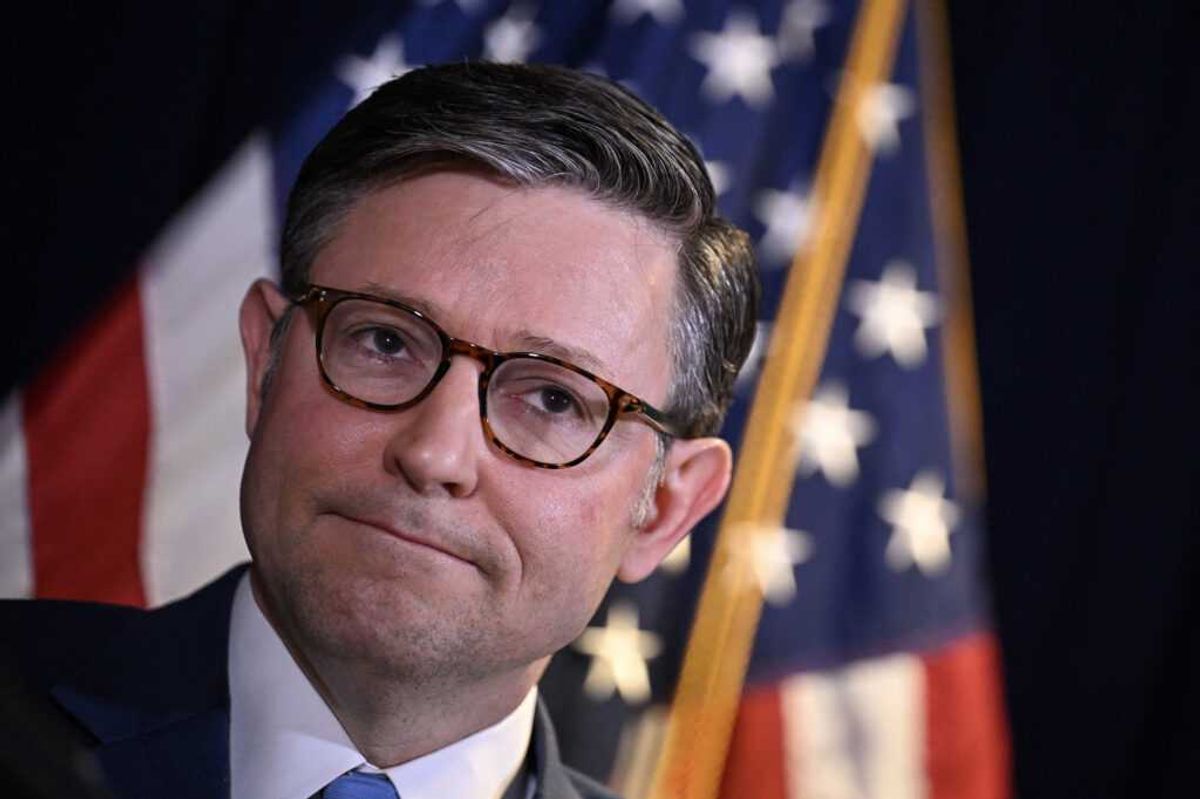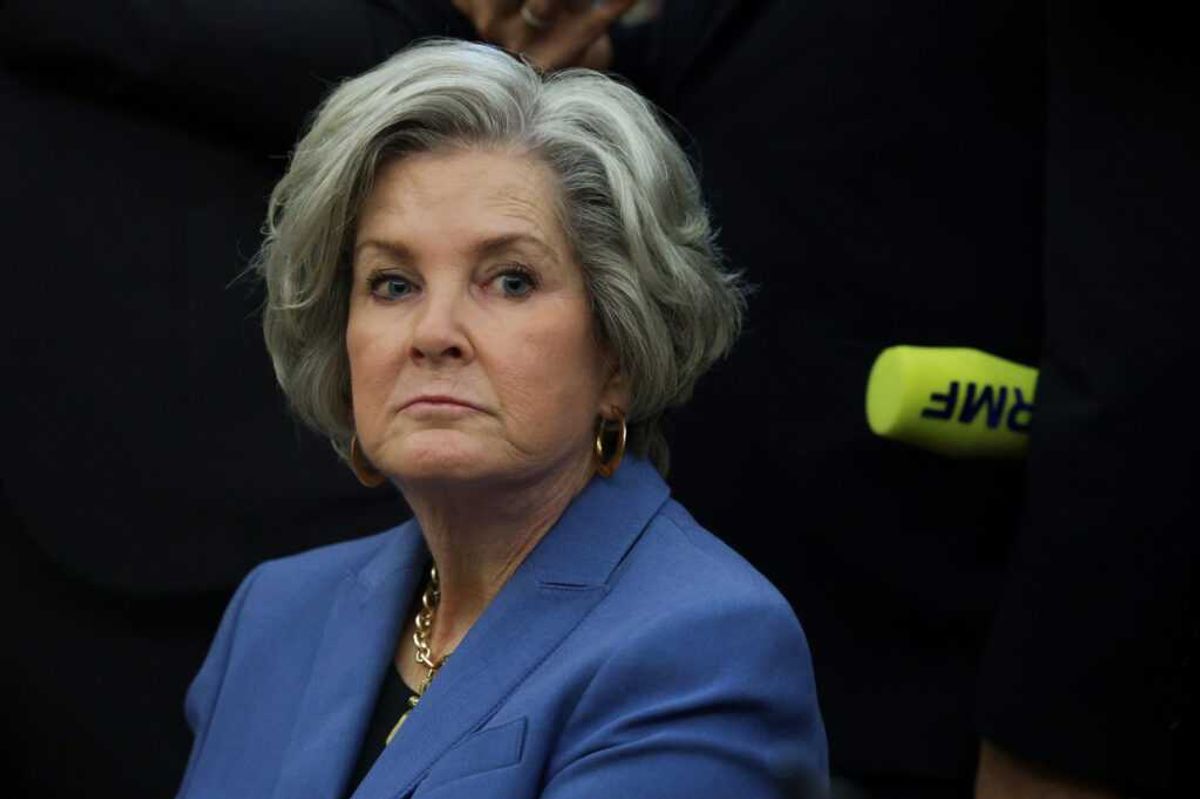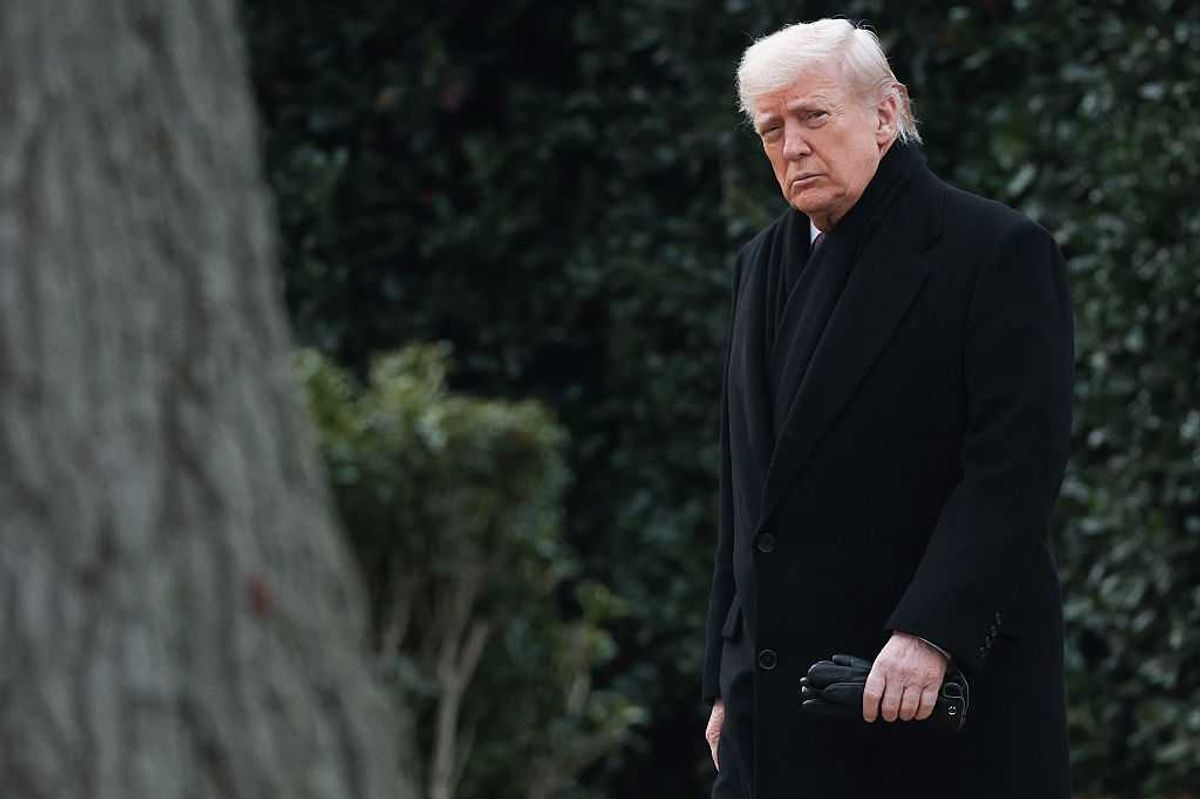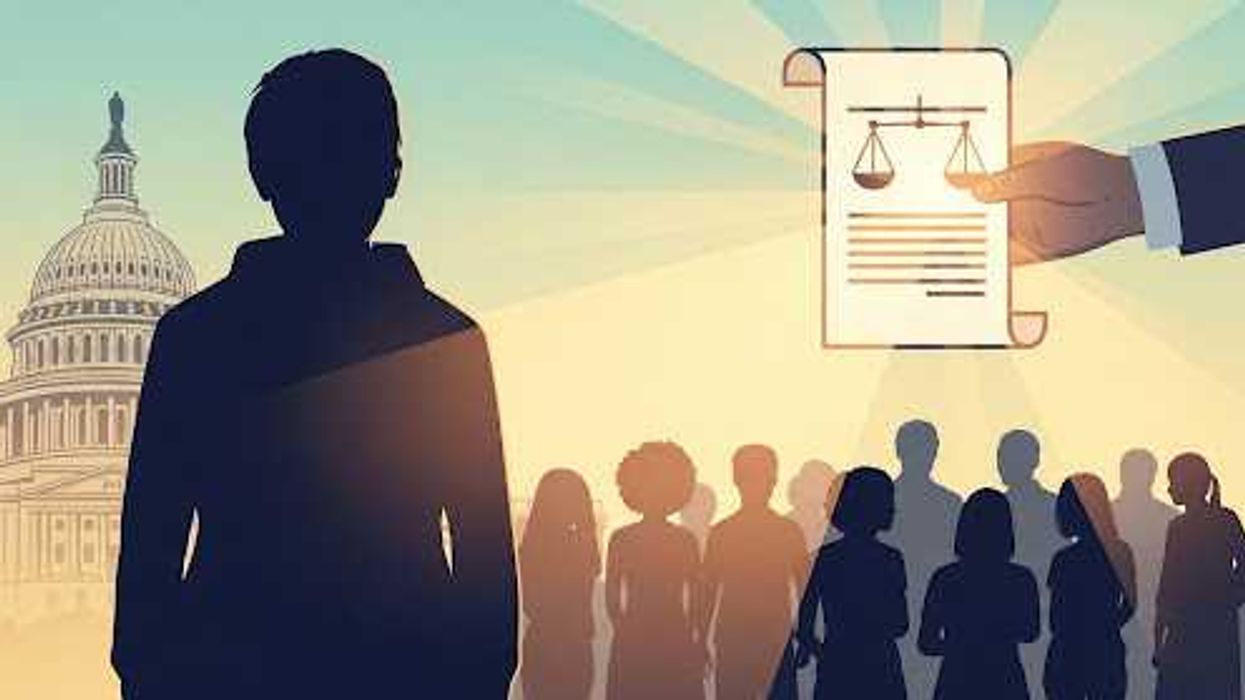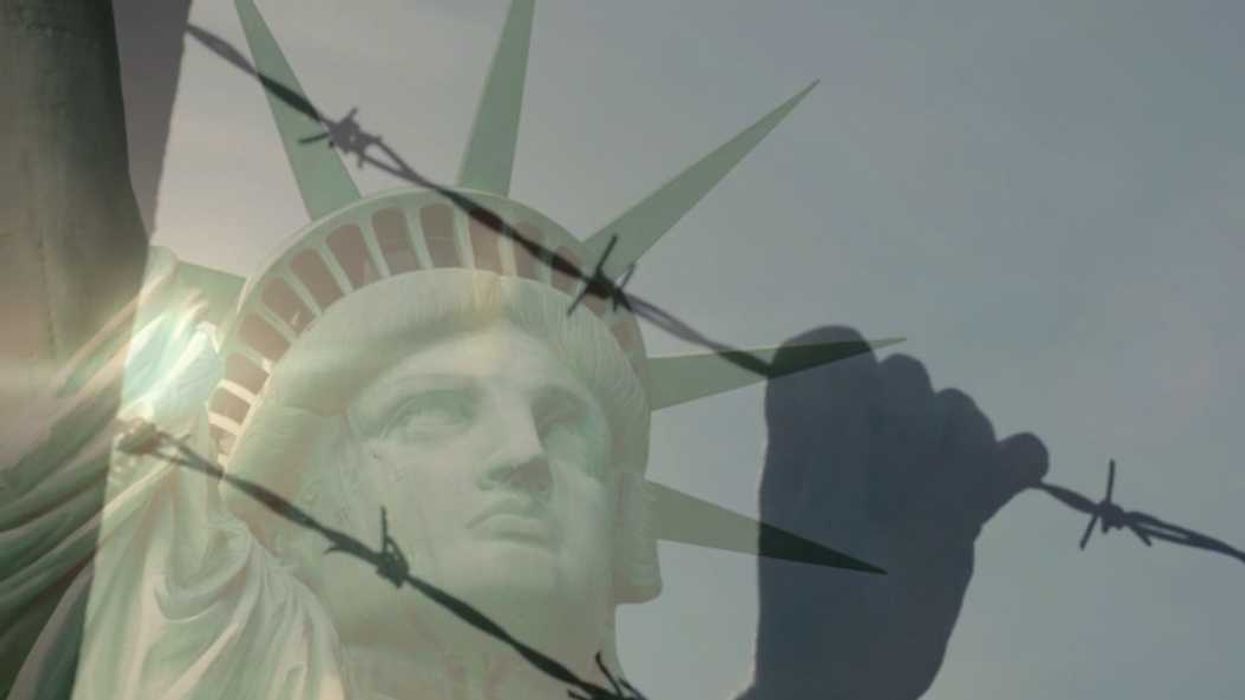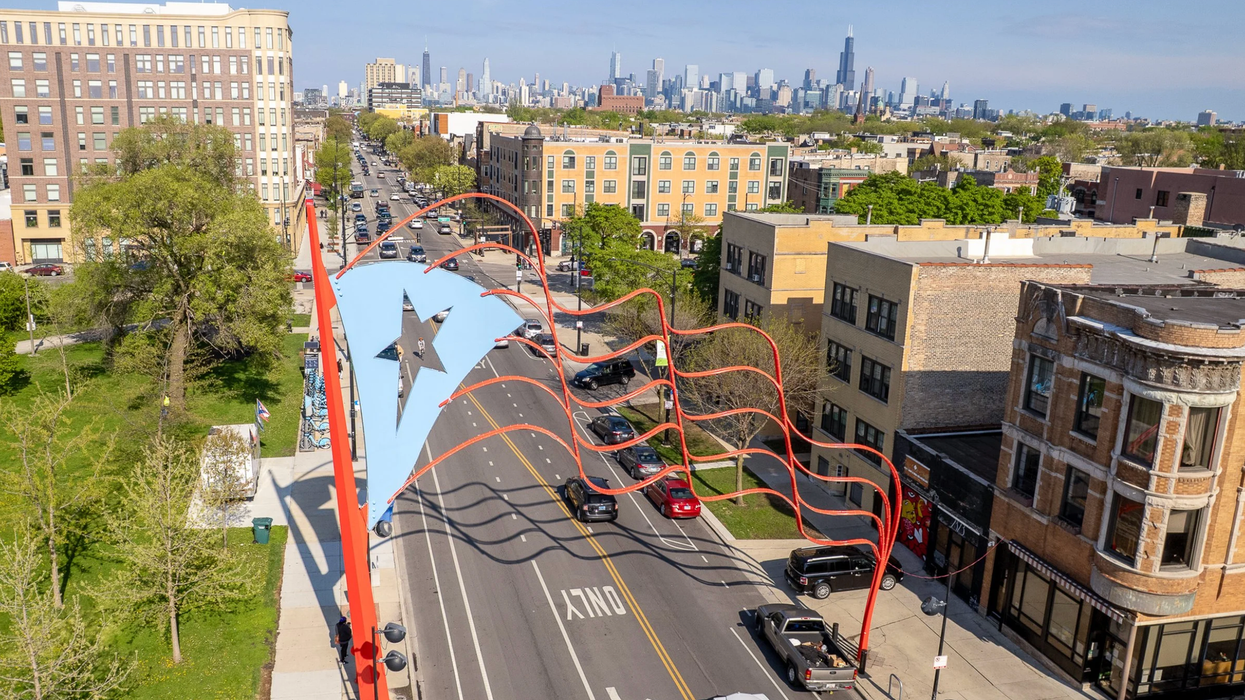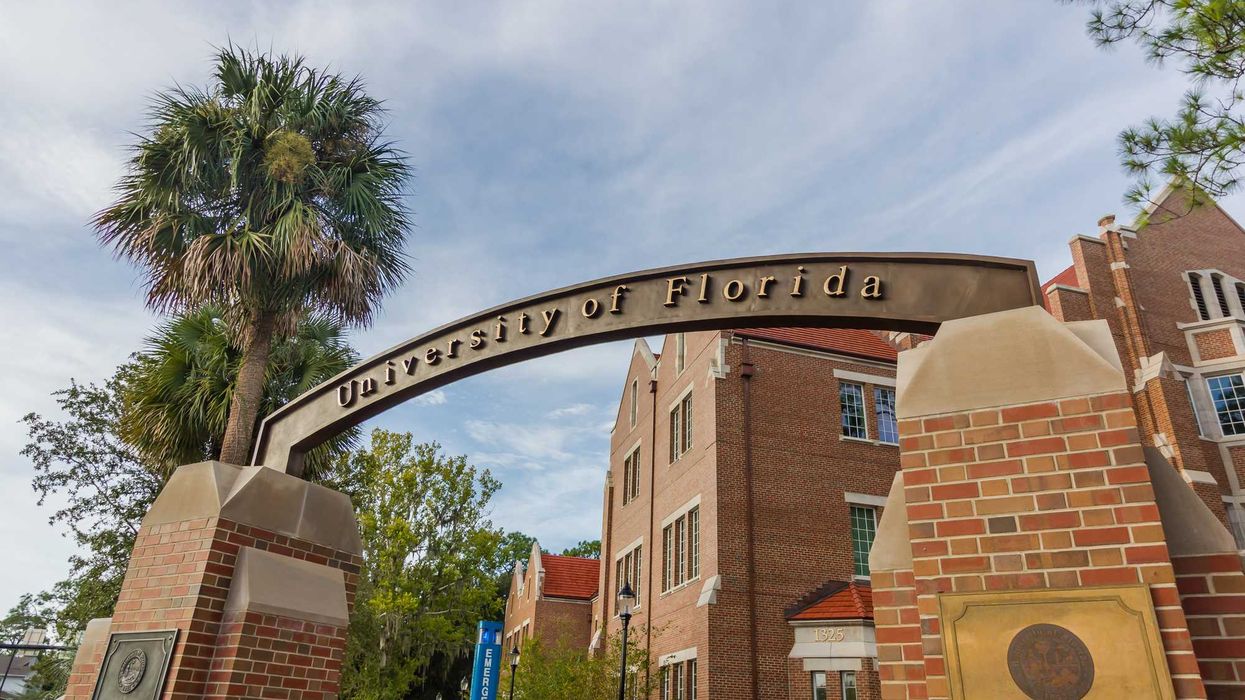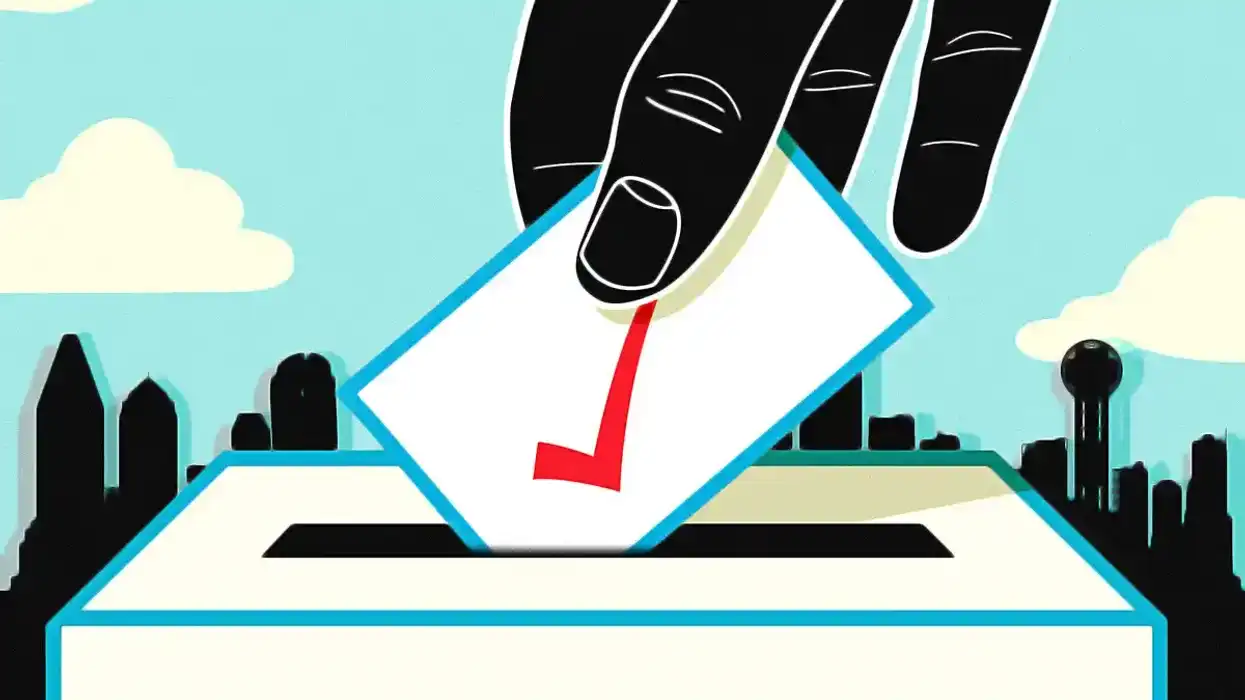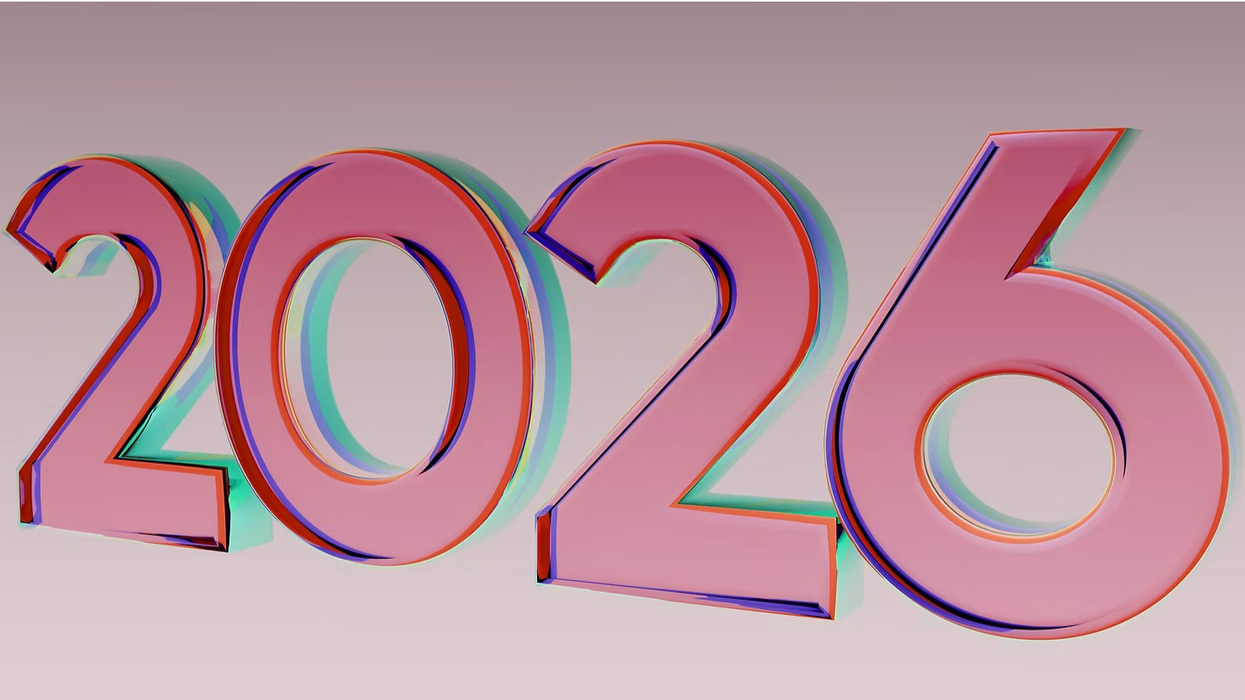Suzette Brooks Masters is a social entrepreneur, philanthropic advisor, thought leader and strategist in the fields of democracy, futures and pluralism. She leads the Better Futures Project at the Democracy Funders Network and recently authored Imagining Better Futures for American Democracy from which this piece is adapted.
I recently published Imagining Better Futures for American Democracy after extensive research on what governance innovations might make American democracy more resilient, adaptable and innovative, able both to meet the immense challenges and exploit the vast opportunities the future holds.
Here’s what I found.
American democracy is at a crossroads. Its institutions and processes are under attack and suffer from trust and legitimacy deficits. After a long period of complacency, the pro-democracy movement in America is now keenly aware of the system’s vulnerability and the many forces threatening its continued viability. Numerous efforts to shore it up and protect it, increase voter access and participation, and prevent authoritarian disruption have had some success. But a key ingredient is often missing when system preservation is a primary directive: reimagining our governance model for the future, not the past, so our system functions well, delivers for its people, and is capable of solving problems for future Americans. I call that “futures readiness” and America sorely lacks it.
The United States — at all levels and across all branches — lags many other countries in adopting and making full use of strategic foresight and futures thinking to chart a course towards our North Star — a more equitable, pluralist, sustainable and abundant society and planet — and prepare fully for the curve balls that will inevitably be hurled at us along the way. It also suffers from a short term orientation with a hyper focus on elections and voting, with less emphasis on new forms of civic engagement like citizen assemblies and other sortition-based approaches that could engage Americans outside of polarizing electoral campaigns.
But I am buoyed by the many ways people, organizations and governments ARE reorienting their focus to imagine better futures and forms of governance, and put the foundations in place to realize those futures. There are many models and experiments to learn from. I share some of these promising innovations here, many of which may not be commonly known, to spark greater interest in adopting them in America.
The Future Is Already Here
After I read Kim Stanley Robinson’s Ministry for the Future, the widely read and highly influential work of climate fiction, I happily learned that the fictional Ministry for the Future that features prominently in the story was based on governance roles that already exist, although Robinson enhanced them in his speculative future world. That made me realize that the seeds of the future already exist around us, if we can discern and nurture them.
Governance for the future is a dynamic area, still in its infancy. I expect it will continue to evolve rapidly, particularly as nations, international bodies, civil society actors and publics seek to respond to collective problems in new, responsible ways capable of meeting the critical moment we are in, and youth voices gain prominence and power.
While it’s too soon to know exactly what models and tools will work best in which types of situations, many emergent approaches use the pivotal concept of intergenerational fairness, emphasize the need to imagine alternative futures, and use “futures thinking” tools and techniques to widen horizons, challenge assumptions, work backwards from preferred futures to inform action in the present, and stress test decision making against different possible future scenarios.
Below, I discuss four types of innovations to bring “futures thinking” into governance.
● New governance models and public service roles designed to bring about desirable futures and incorporate the interests of future generations, not only current ones.
● New frameworks to assess how current policies will affect future generations.
● Proxies to represent the interests of future generation stakeholders.
● Skills to help policy makers, government officials and civil society actors think about, imagine and plan for a range of possible futures.
New Governance Models and Roles
Beginning mostly after 2000, future-oriented governance innovations — including councils and commissioners of future generations — began to emerge across the globe, notably in Israel, Hungary, Canada, and Australia. This follows Singapore’s early investments beginning in the 1980s in strategic planning and horizon scanning and Finland’s establishment of the Committee for the Future in Parliament in 1993.
Building on these early foundations, Wales established the first major systemic intervention in governance embedding concern for future generations and foresight approaches. The Future Generations Commissioner for Wales is tasked by the Wellbeing of Future Generations Act of 2015 to be the “guardian of the interests of future generations in Wales.” From this perch, the Commissioner advises the government and other public bodies in Wales on how to deliver social, economic and cultural well-being for future generations.
Scotland has now joined Wales in appointing a future generations commissioner to combat short-term thinking in politics. And, more broadly in the United Kingdom, the All Party Parliamentary Group for Future Generations was established in 2017 “to create space for cross-party dialogue on combating short-termism and to identify ways to internalize concern for future generations into today’s policy making.”
One of its major initiatives is to support the passage in the UK of the draft Wellbeing of Future Generations Bill, modeled on the law passed in Wales. The bill is making its way through Parliament. In response to growing interest in futures planning and foresight, Europe has now established a network of European Ministers for the Future for politicians and senior officials to institutionalize these new capacities across member states.
In an important and related shift, in fall 2021, UN Secretary General Guterres proposed a bold new vision — “Our Common Agenda” — to address a wide range of vexing, existential global challenges. “Humanity faces a stark and urgent choice: breakdown or breakthrough. The choices we make — or fail to make — today could result in further breakdown and a future of perpetual crises, or a breakthrough to a better, more sustainable, peaceful future for our people and planet.”
Among the action steps laid out in Our Common Agenda are the establishment of a UN Special Envoy to ensure that policy and budget decisions take into account their impact on future generations, the elevation of the UN’s Youth Office, the creation of a Futures Lab to better predict policy impact over time, and the repurposing of the Trusteeship Council as an intergovernmental platform for the interests of succeeding generations.
These data points from across the globe are early indicators of a growing trend: the emergence of Future Generation Organizations (FGOs) concerned about future generations and looking to reflect those concerns in policy, governance and budgeting. I expect more FGOs to be created in the coming years and to see them flex new powers as they settle into their new roles as safeguarding the interests of future generations.
New Intergenerational Policy Frameworks
A related innovation to lengthen the time horizon of policy makers and the way they think about societal impact is the intergenerational fairness approach. In contrast to the short-term election-cycle driven approach so common in the United States, a number of countries and intergovernmental organizations such as the 37-member OECD are making commitments to hold themselves accountable for their impacts on future generations.
The School of International Futures (SOIF) has developed an Intergenerational Fairness Incubator and Framework and is working with a number of countries and intergovernmental organizations to operationalize this framework.
The policy assessment tool looks for unfairness caused by the policy in alternative future scenarios, considering each of the five aspects of unfairness captured in the definition below:
● Disadvantages people at any particular life stage;
● Disadvantages people at any period in time, present or future;
● Increases the chances of inequality being passed on through time;
● Restricts the choices of people in the future; and
● Moves society further away from its vision for the future.
One of the early adopters of the framework is Portugal. In 2022, Portugal’s president announced that he wanted to champion intergenerational solidarity and for his team to be trained in the tool. In the UK Parliament, another version of the framework, called Future Check, is being tested. There are also efforts underway to promote the use of intergenerational fairness principles in the European Union’s Green Deal.
Proxies for Future Generation Stakeholders
Although the focus on future generations is an important one, it’s difficult for members of the public to really “own” the perspective of future generations. One possible solution to this problem is role play. Over the last ten years, a new multidisciplinary movement in Japan called “future design”is using human proxies to represent the interests of future generations in order to ensure intergenerational fairness and solve tough long term problems.
The key insight gained from some real life experiments where individuals were playing the role of members of future generations is that they learned to think like an imaginary future person, with bolder ideas and a resolve to tackle tough challenges rather than defer them. By contrast, the people who represented current generations tended to think in terms of extensions of the status quo and took today’s constraints and challenges as givens. Figuring out how to give voice to the unborn and unrepresented is an important new area of work that reinforces other futures-oriented innovations, and could also enhance innovations in deliberative and participatory democracy. If role play can be this empowering and transformational, we need to experiment with it in the US to address a range of thorny and complex issues with generational impacts, like climate, inequality and poverty.
Stronger Foresight Capacity
There is growing recognition of the drawbacks of short-termism, reactive and crisis thinking, as well as incrementalism, particularly at this time of rapid change and complex problems. In response, several national governments and international organizations (e.g., UNESCO, OECD, and the European Union) have improved their foresight capacity, empowering more of their employees with the tools they need to anticipate multiple future scenarios, stress test their current policy and planning approaches, imagine desired futures, and increase the likelihood they can be realized.
For example, Policy Horizons Canada is a federal government organization that conducts foresight with a mandate to help the Canadian government develop robust future-oriented policy that can be more resilient in the face of disruptive change and build foresight literacy and capacity across the Canadian public service sector. In Finland, the government produces a futures oriented report every electoral cycle and incorporates foresight into its planning.
By contrast, the US has neither a centralized foresight nor a non-partisan centralized long term planning capacity. Instead, there are loose, voluntary networks of individuals trained in foresight across different agencies of the federal government (such as the Federal Foresight Community of Interest and the Public Sector Foresight Network) and there are pockets of foresight expertise in certain federal offices and agencies (e.g., Air Force, Coast Guard, Forest Service, General Accounting Office, National Aeronautics and Space Administration, and Office of the Director of National Intelligence). Few if any local or state governments have created senior roles that center the use of foresight techniques or an intergenerational orientation. However, there are signs of change in the air: some American cities are beginning to engage with the use of foresight and, at the state level, California 100 is building that capacity in California after earlier efforts in Hawaii showed promise but waned.
An Urgent Call to Become Futures-ready
We can no longer afford to operate on perpetual two and four year planning horizons based on electoral cycles and on the assumption that there will be no policy continuity across administrations.
We can no longer assume that the future will look like the past or even the present — doing so is negligence at best and malpractice at worst.
We can no longer afford to operate in a time of epochal uncertainty and change without a “futures-ready” mindset and the tools to imagine the best and the worst possible outcomes and everything in between, and then prepare for all eventualities.
These times demand leadership and governance for the future.
This essay is adapted from Imagining Better Futures for American Democracy, Democracy Funders Network, November 2022.

